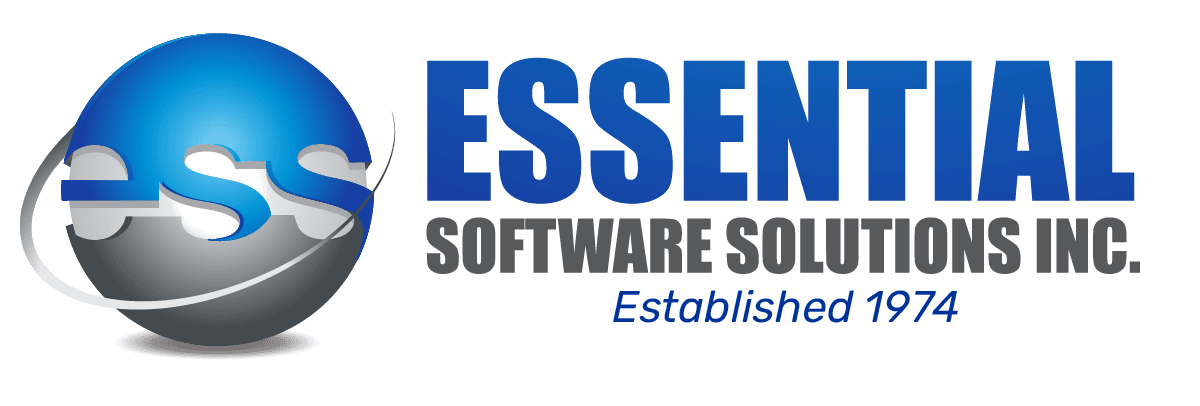ERP systems do not have a “Zodiac Module” to show you the future. Until they do, let’s break down some practical steps businesses are taking—and how world class tools like Infor ERP support these efforts in the background.
It feels like the rules of the global economy are being rewritten every few months. One day it's a tariff, the next it's a regulation change or a sudden spike in freight costs or completely stopping the delivery. For manufacturers and businesses that rely on cross-border trade, these shifts can throw a wrench into everything—from sourcing strategies to production timelines.
And the worst part? This volatility is no longer an exception. It’s the new baseline; which is the only horizon we can predict. So how can companies navigate these unchartered waters? How do they protect their margins and operations when there is so much uncertainty?
Running "What-If" Scenarios in Real Time
When tariffs hit—companies do not have the luxury of sitting back and analyzing the impact over weeks. Decisions need to be made today! Can we still be profitable? Should we shift production? What happens if lead times increase by five days?
That’s where what-if analysis comes into play. Using a system like Infor CloudSuite, manufacturers can model multiple sourcing scenarios in minutes. Simulating how a new duty structure affects landed costs or how a disruption in one country might affect downstream inventory commitments. It’s not about predicting the future—it’s about being ready to move quickly when the future changes.
Flexible Sourcing
Sourcing used to be simple by locking in the best long-term deals. Now, you need to be flexible without losing control. If a supplier in one country that imposes tariffs becomes too expensive or increased shipping delays, your procurement teams need to pivot. Not just now, RIGHT NOW!
In most industries like aerospace or food processing, onboarding a new supplier doesn’t happen overnight. However, a system that tracks vendor performance (delivery reliability, quality, price stability), makes it much easier to predict.
Utilizing Infor’s supplier management tools, companies set up early-warning indicators—e.g. lead time changes or order accuracy drops—so they can adjust before things go south. That kind of flexibility is what keeps production lines moving forward when others are stuck in the mud.
Finding (and Fixing) Inefficiencies
Economic suprizes have a way of spotlighting operational inefficiencies that until remain hidden. Suddenly, every delay and every unnecessary cost imposition stands out. Companies often use this as a chance to become lean.
- Reworking production schedules to improve throughput,
- Simplifying BOMs to reduce manufacturing complexity,
- Automating repetitive tasks via AI to reduce human error and free up staff for more strategic work.
Manufacturers that use Infor’s production scheduling tools identify bottlenecks they hadn’t noticed before—just by having a just a glance at real-time floor data instead of static reports. Fixing these challenges doesn’t just cut costs; businesses become more nimble.
Allowing ERP Do What It’s Supposed to Do
The common thread running through this article is the need for accurate, real-time data. And that’s where a solid ERP system really proves its worth—not just as some shiny dashboard, but as the solid backbone of your day-to-day operations. The chaos does not go away. But it makes it manageable.
Has Disruption become the Norm?
Successful companies do not avoid disruption—but they know disruption is coming. They treat volatility not as a short-term crisis, but as something to plan for.
That means continuously refining operations. It means keeping technology aligned with strategy, not just patched together at the last minute, to get by. And it means having the people and processes in place to adapt when the next curveball drops off the plate.
There will be disruptions. And probably sooner than you think.
Final Thoughts
Navigating border tariffs, supply chain disruptions, shifting regulations… While the answers will never result from a single tool or a single decision, the direction is clear: stay fast, stay nimble, and build systems that increase your flexibility even when the earth underneath is shifting.
Analyzing your entire ERP system and making sounds decision every time is never easy. Thank goodness the ERP professionals at ESS are always available to support your organization and help make the best decisions for your operations—whatever the every changing landscape throws your way.











